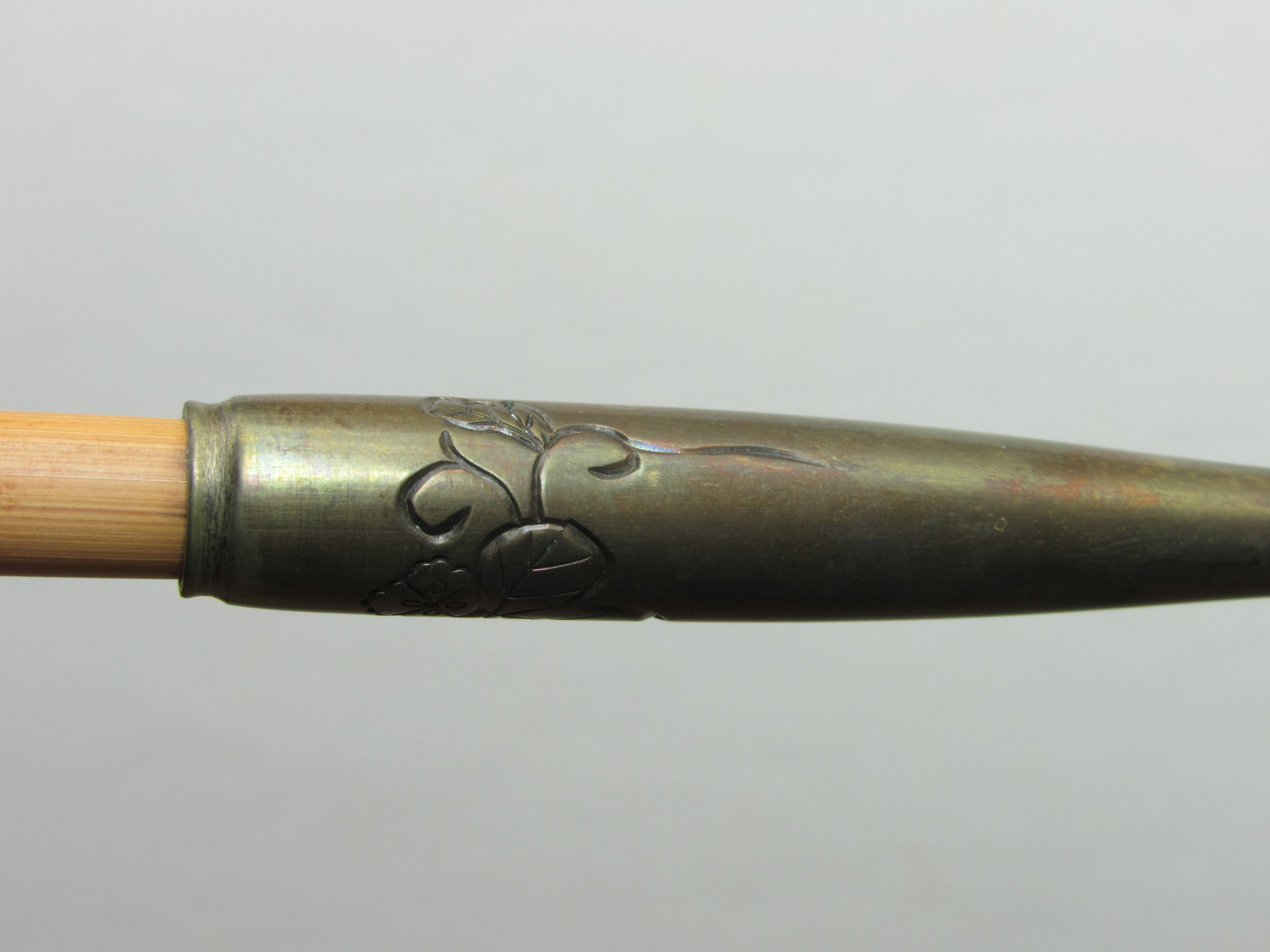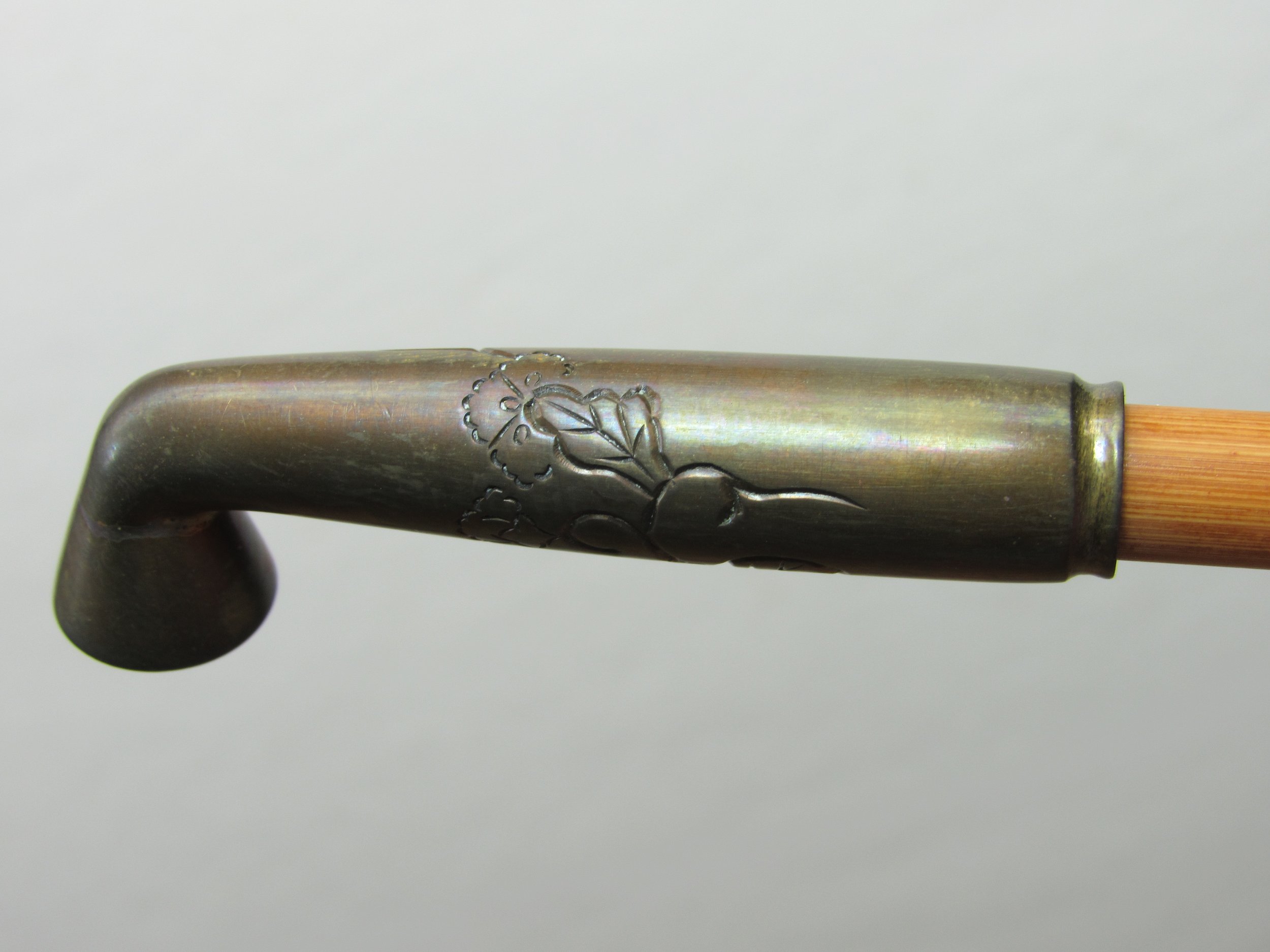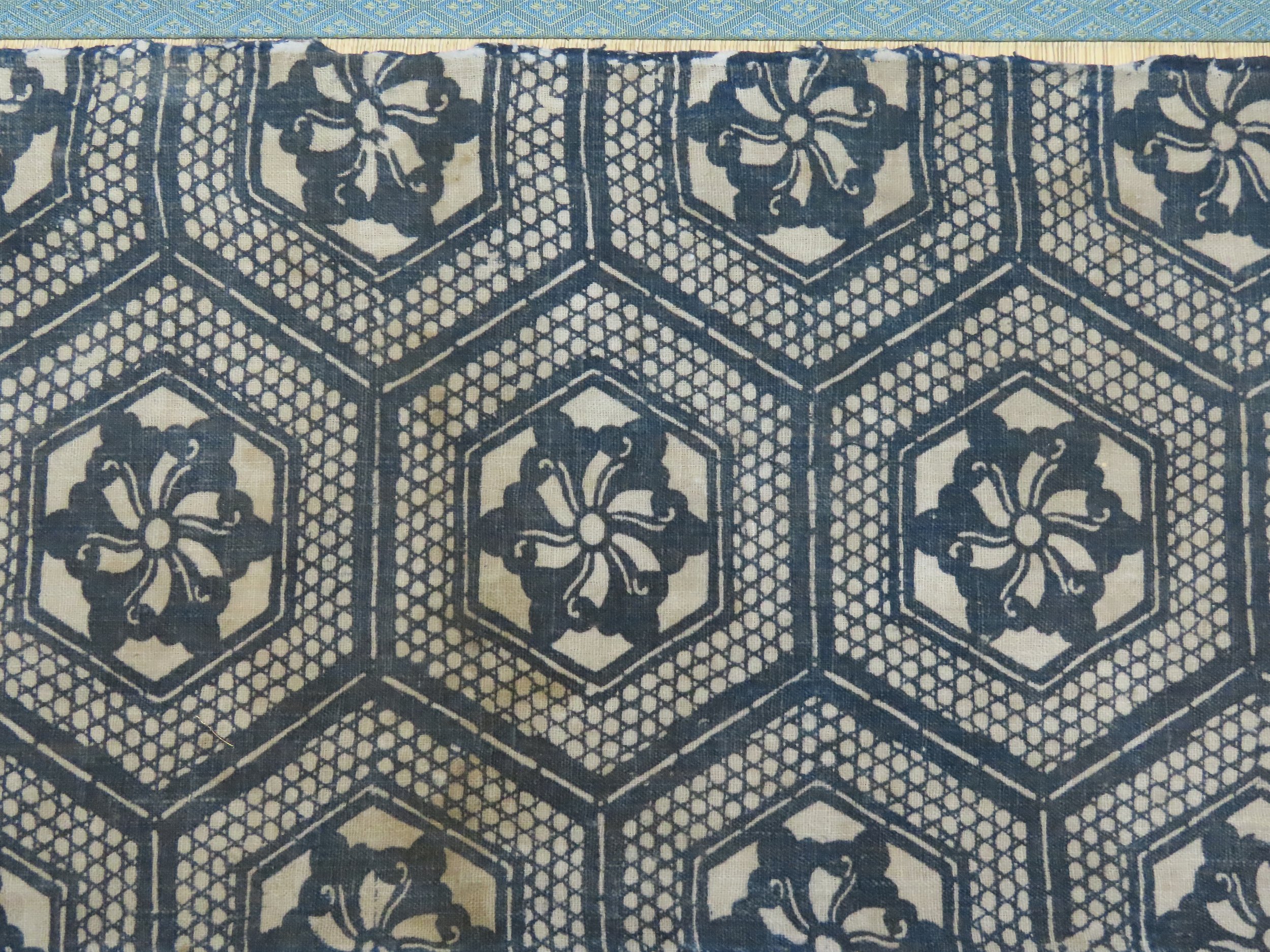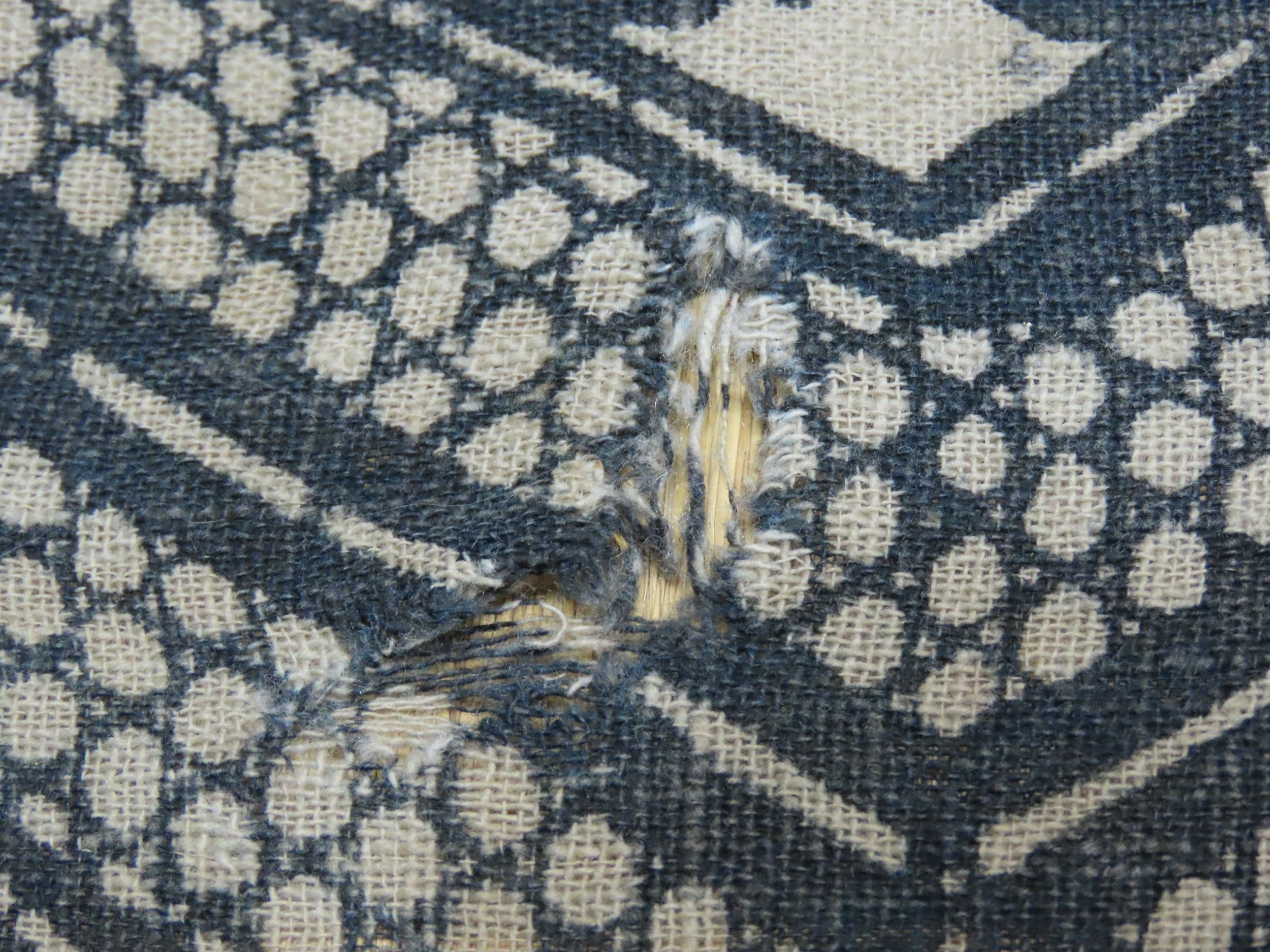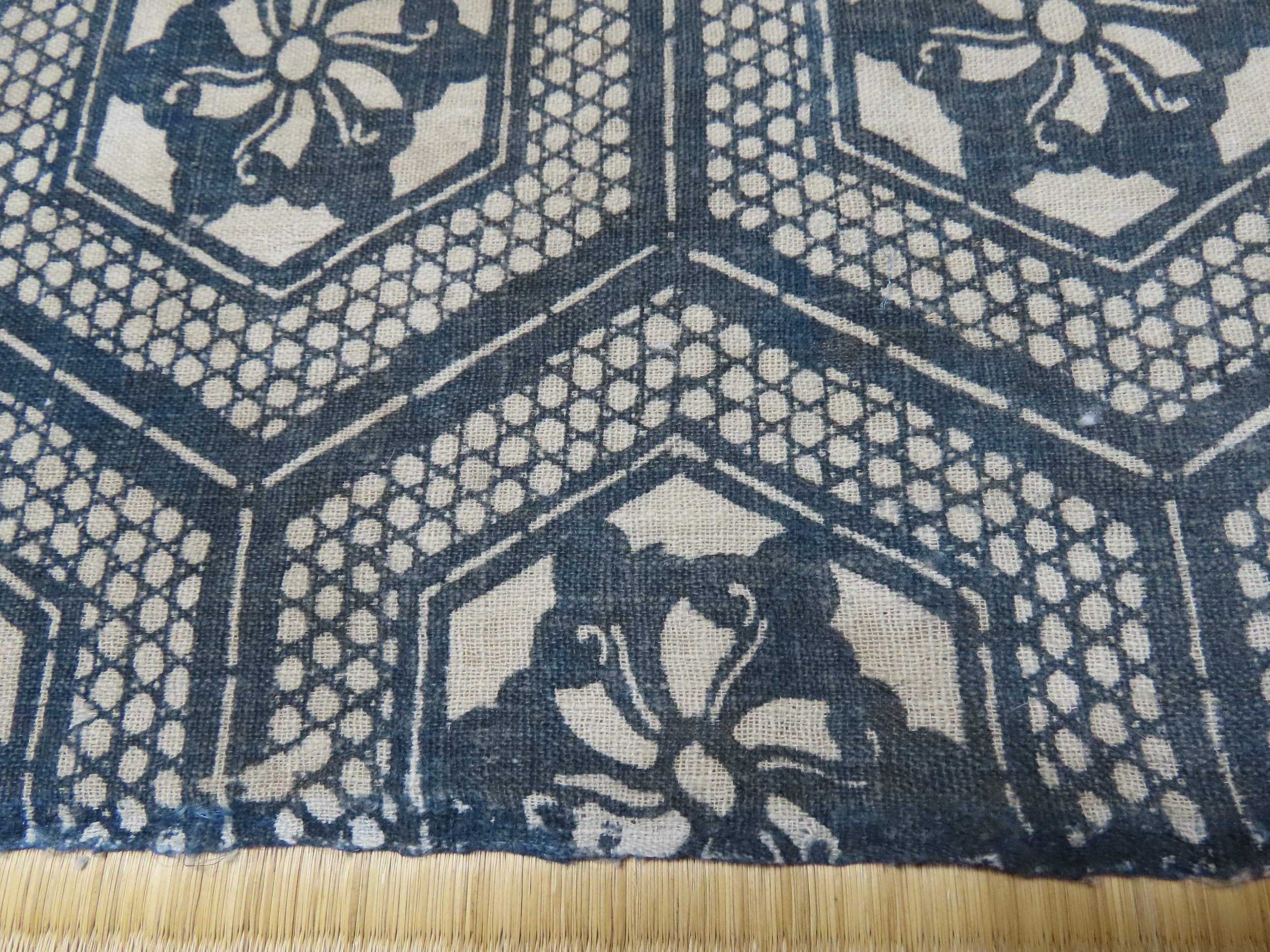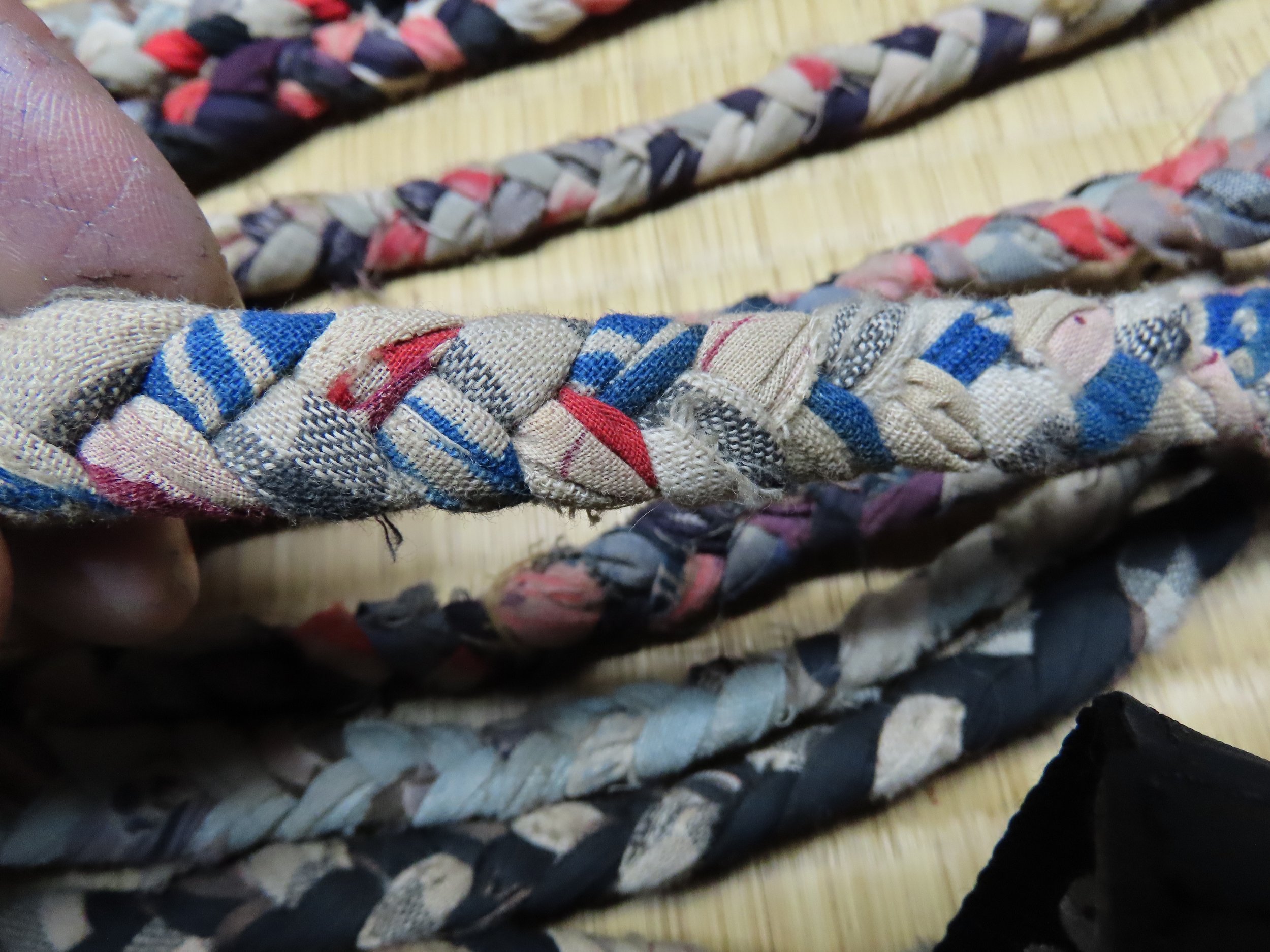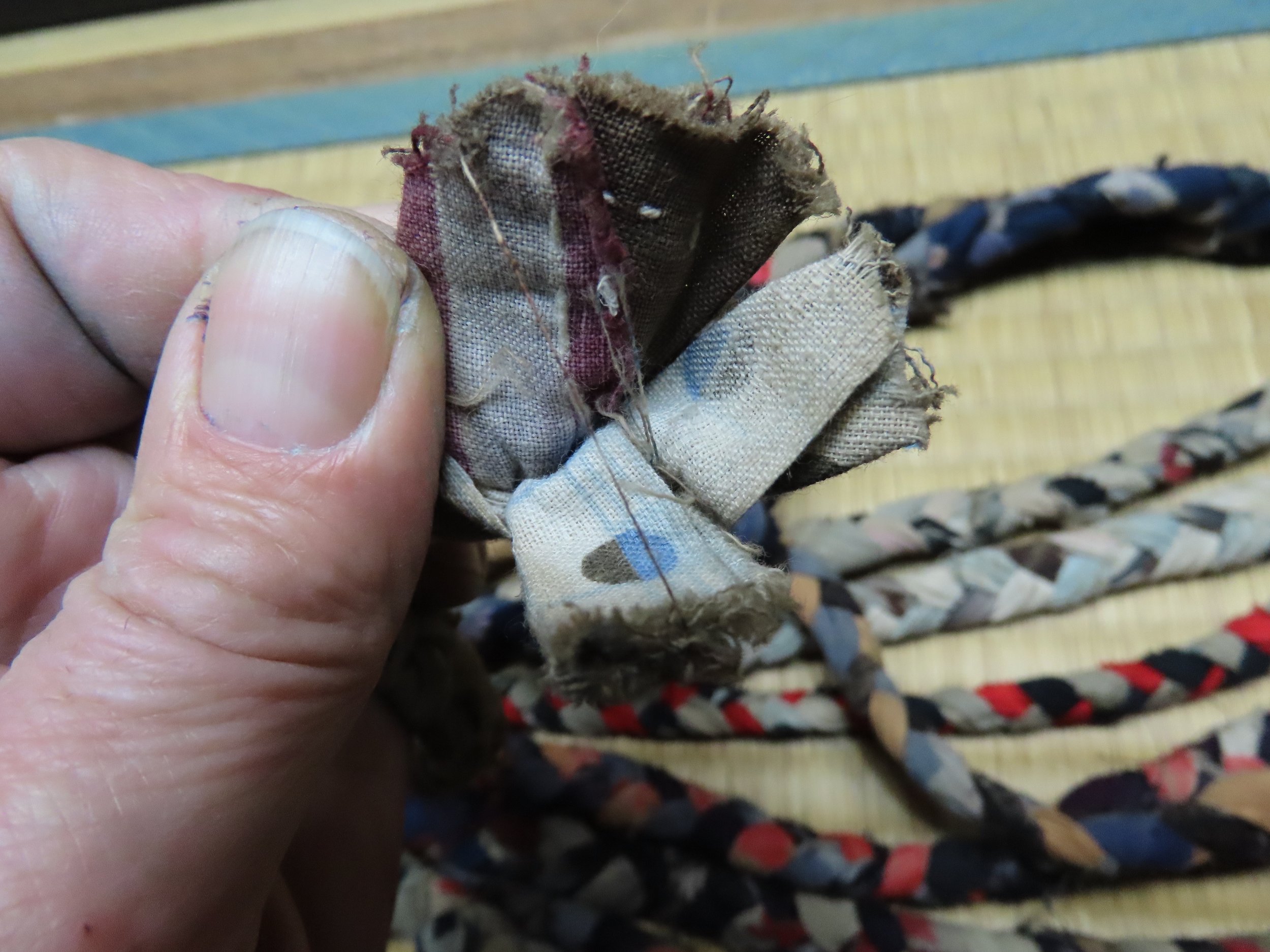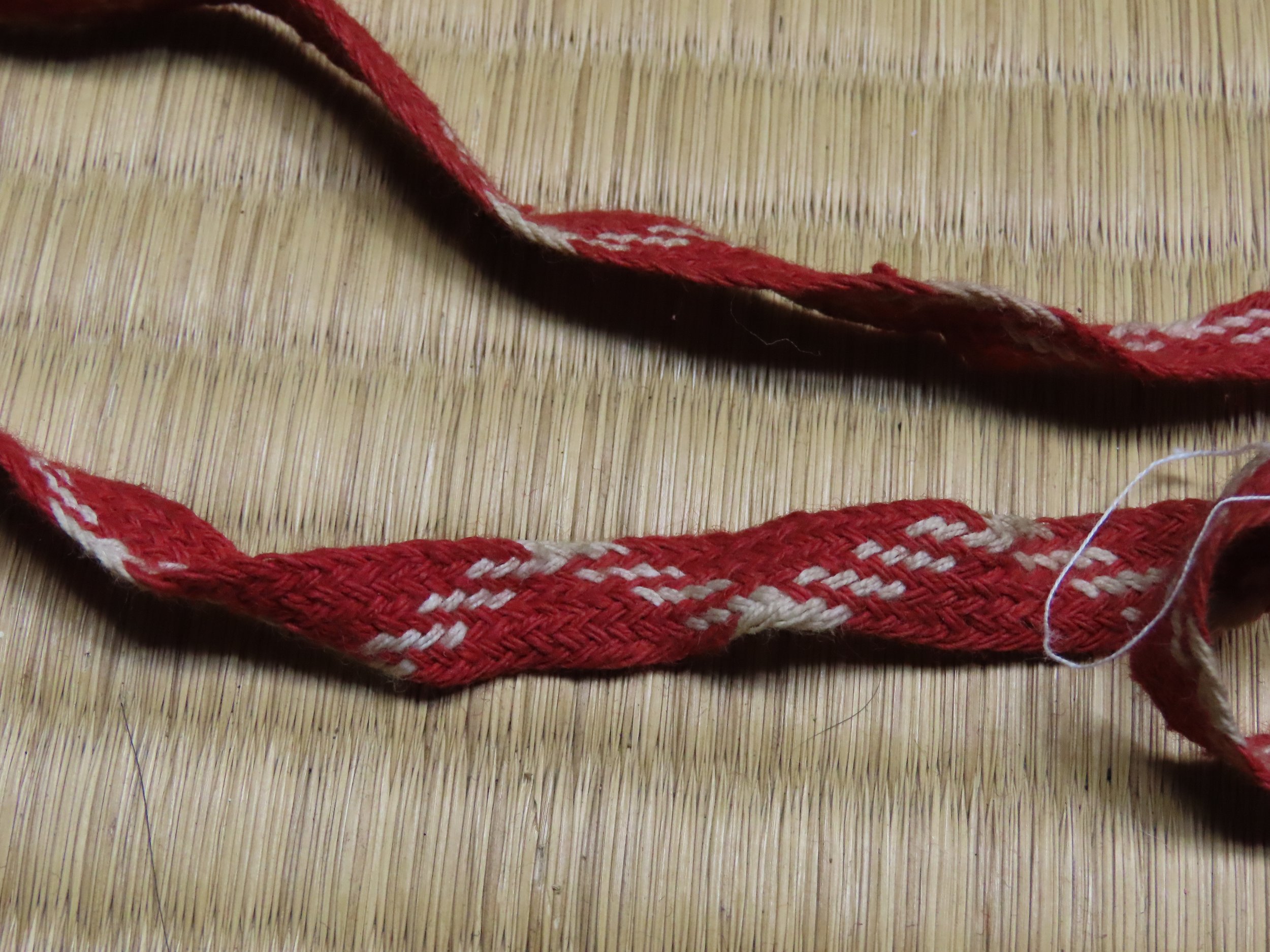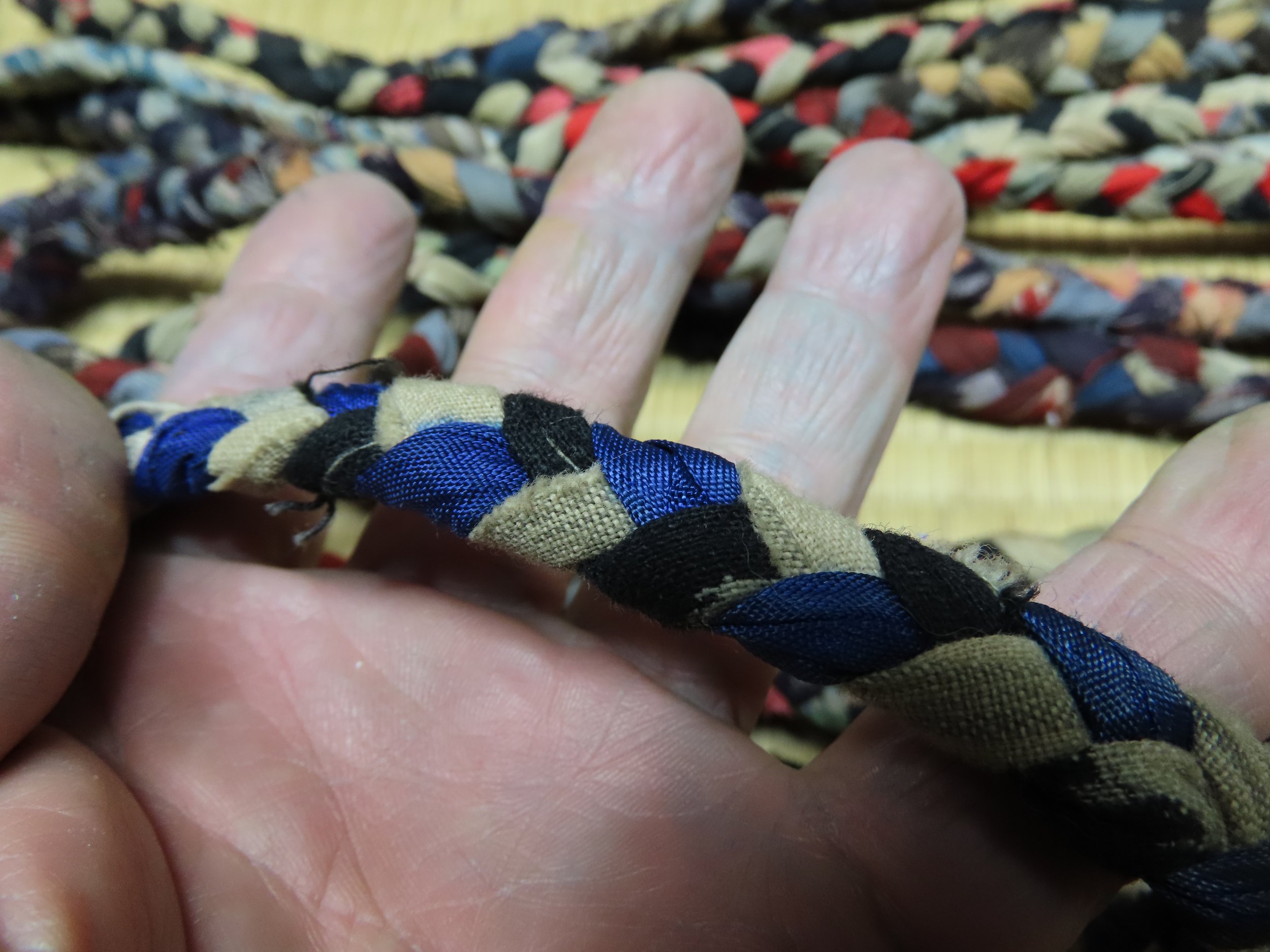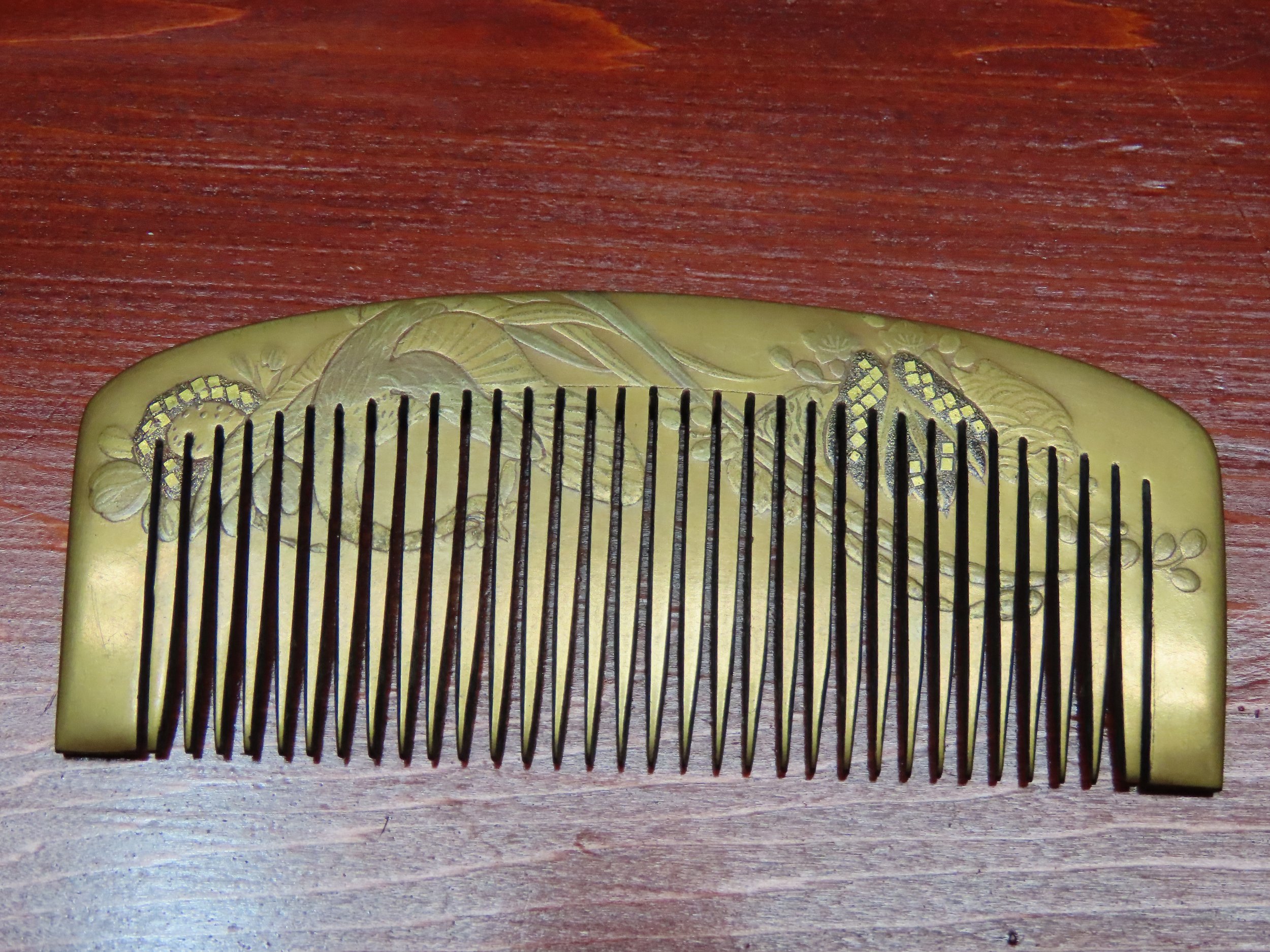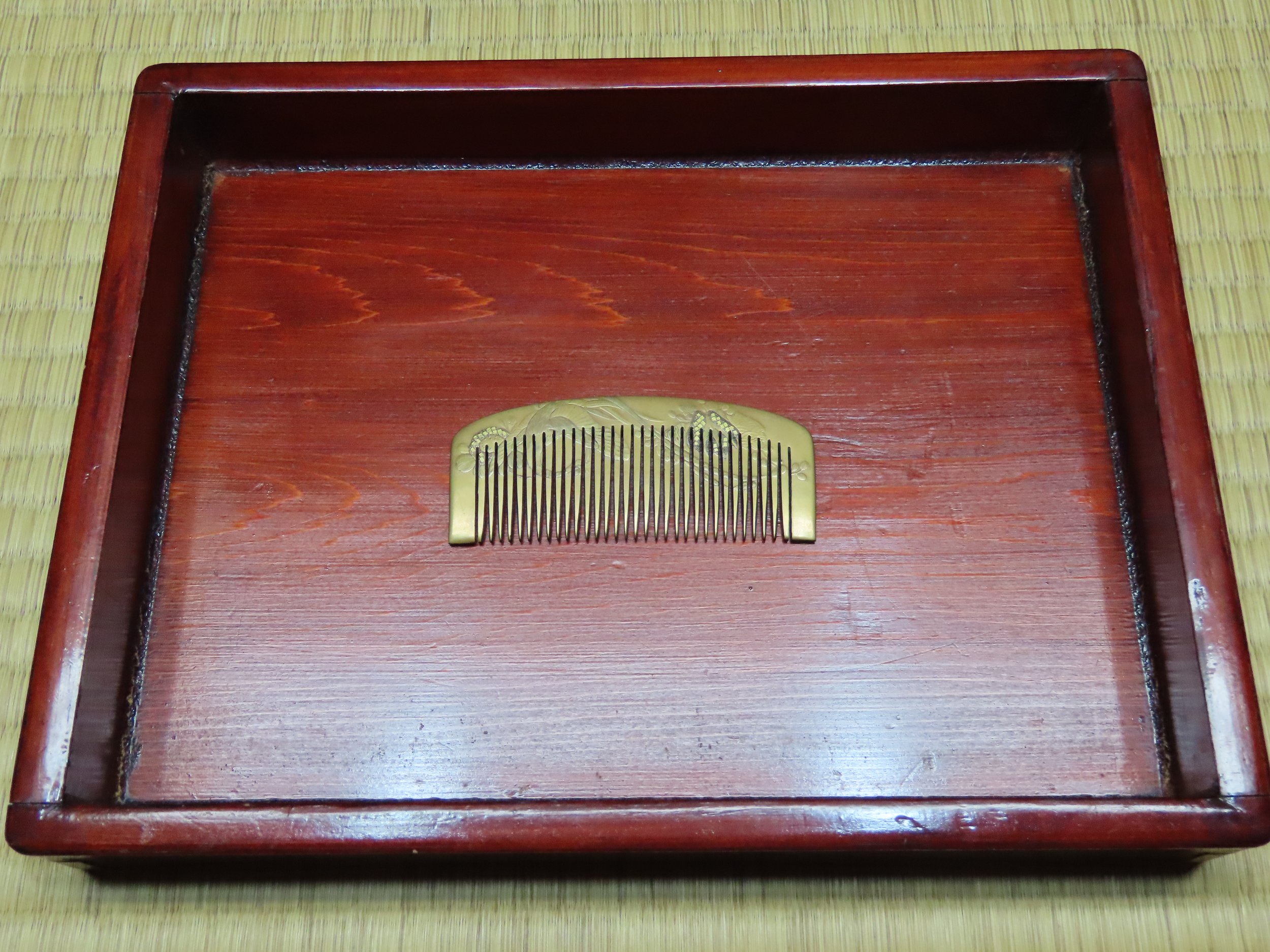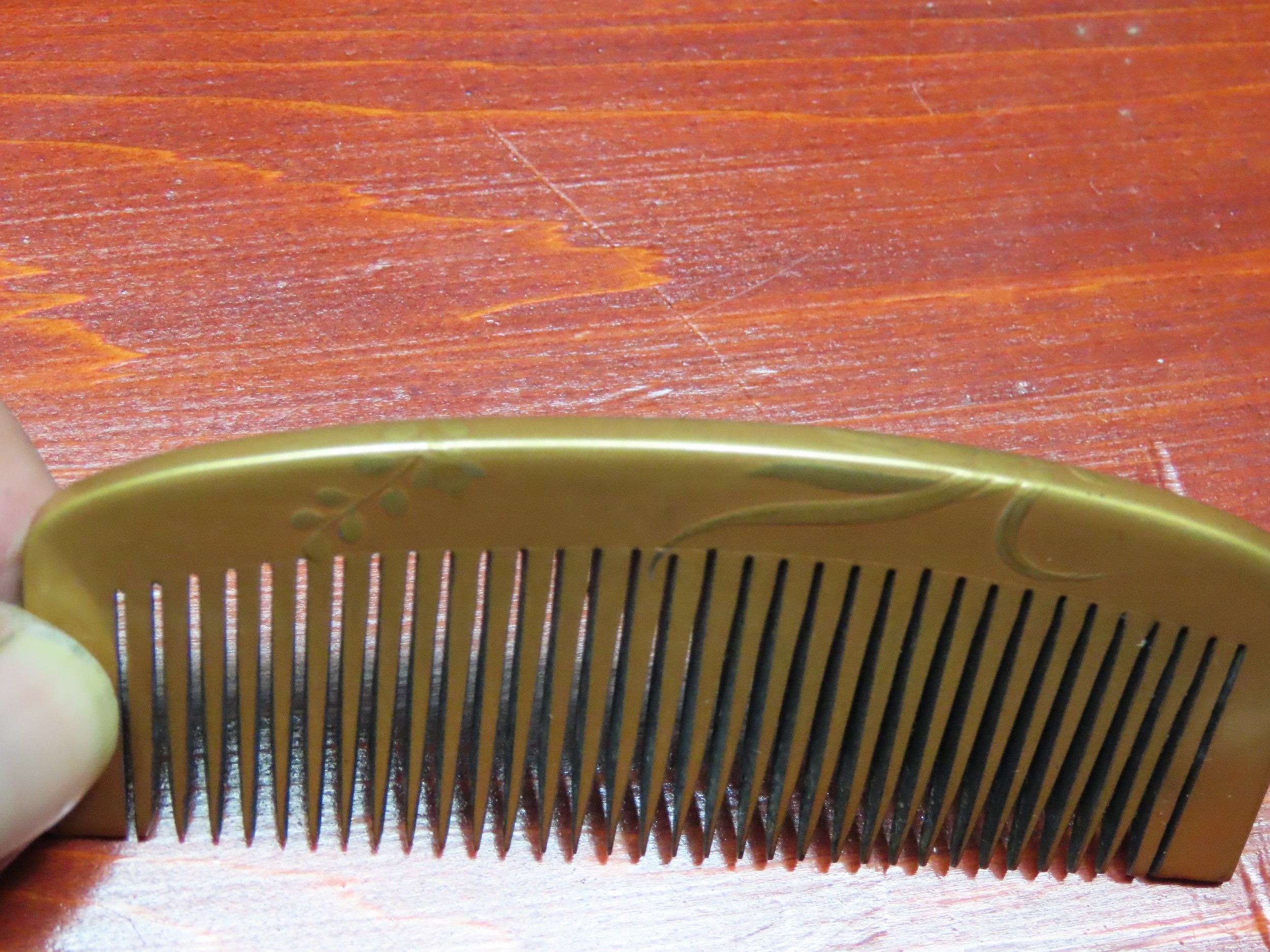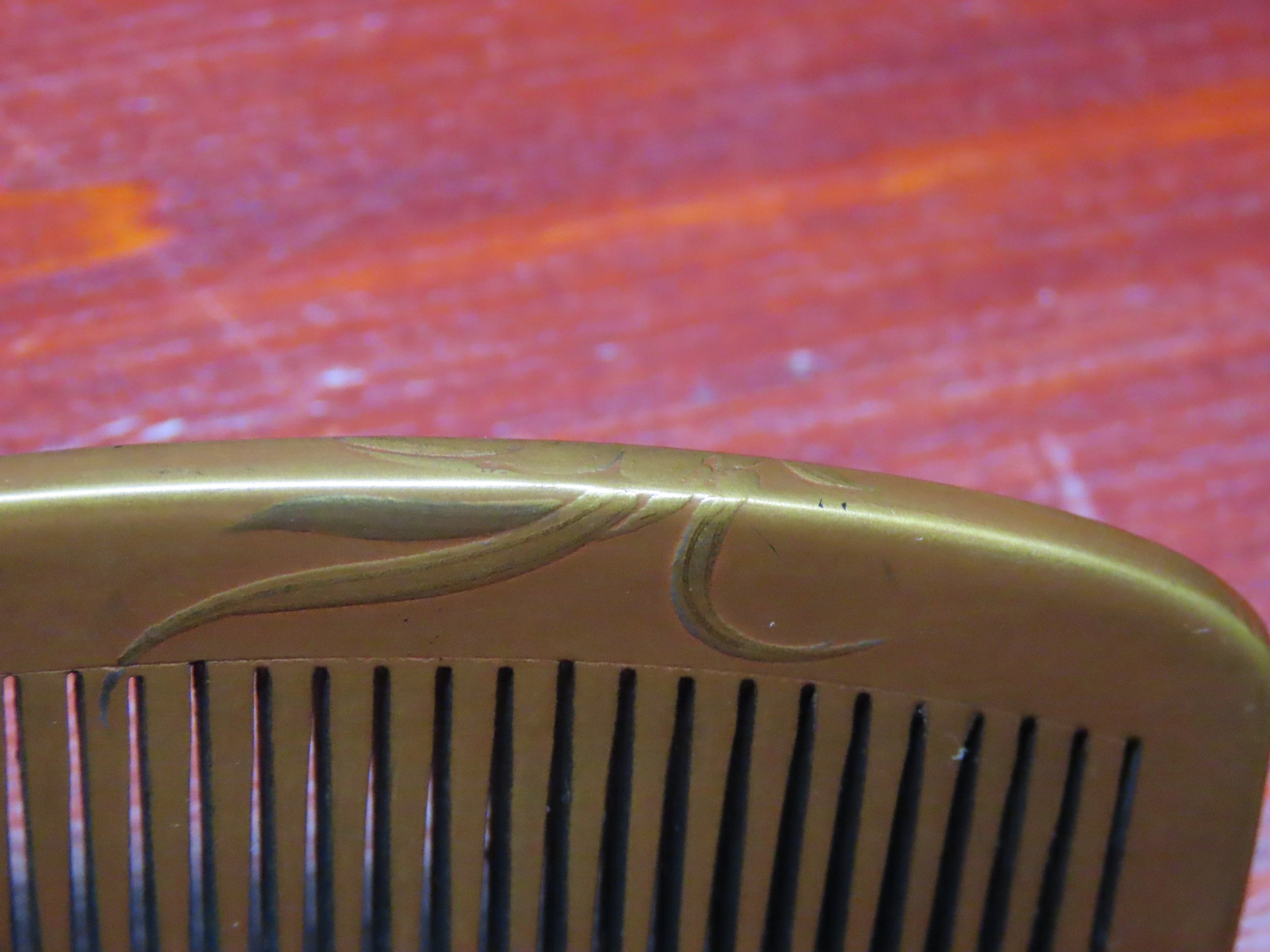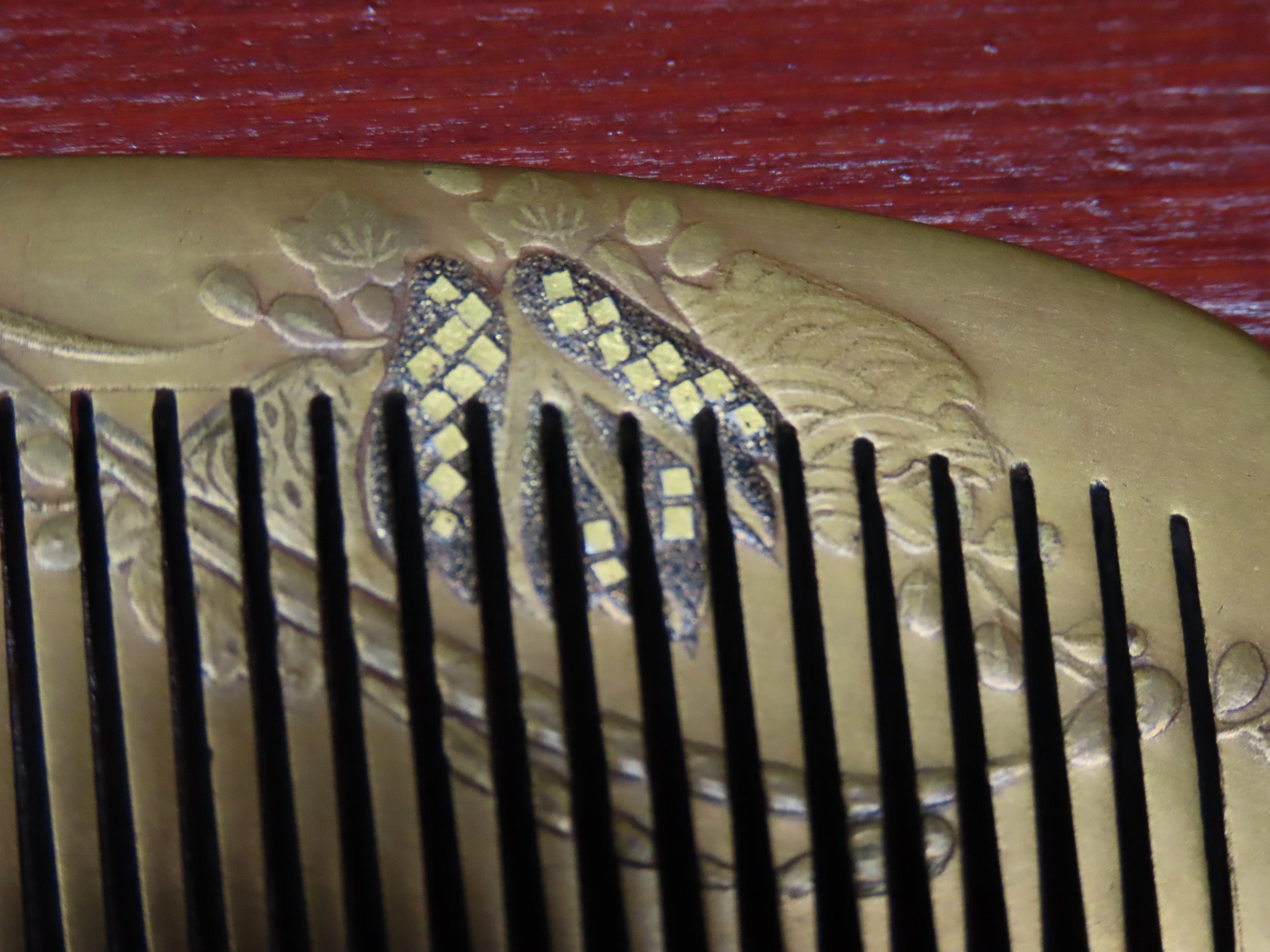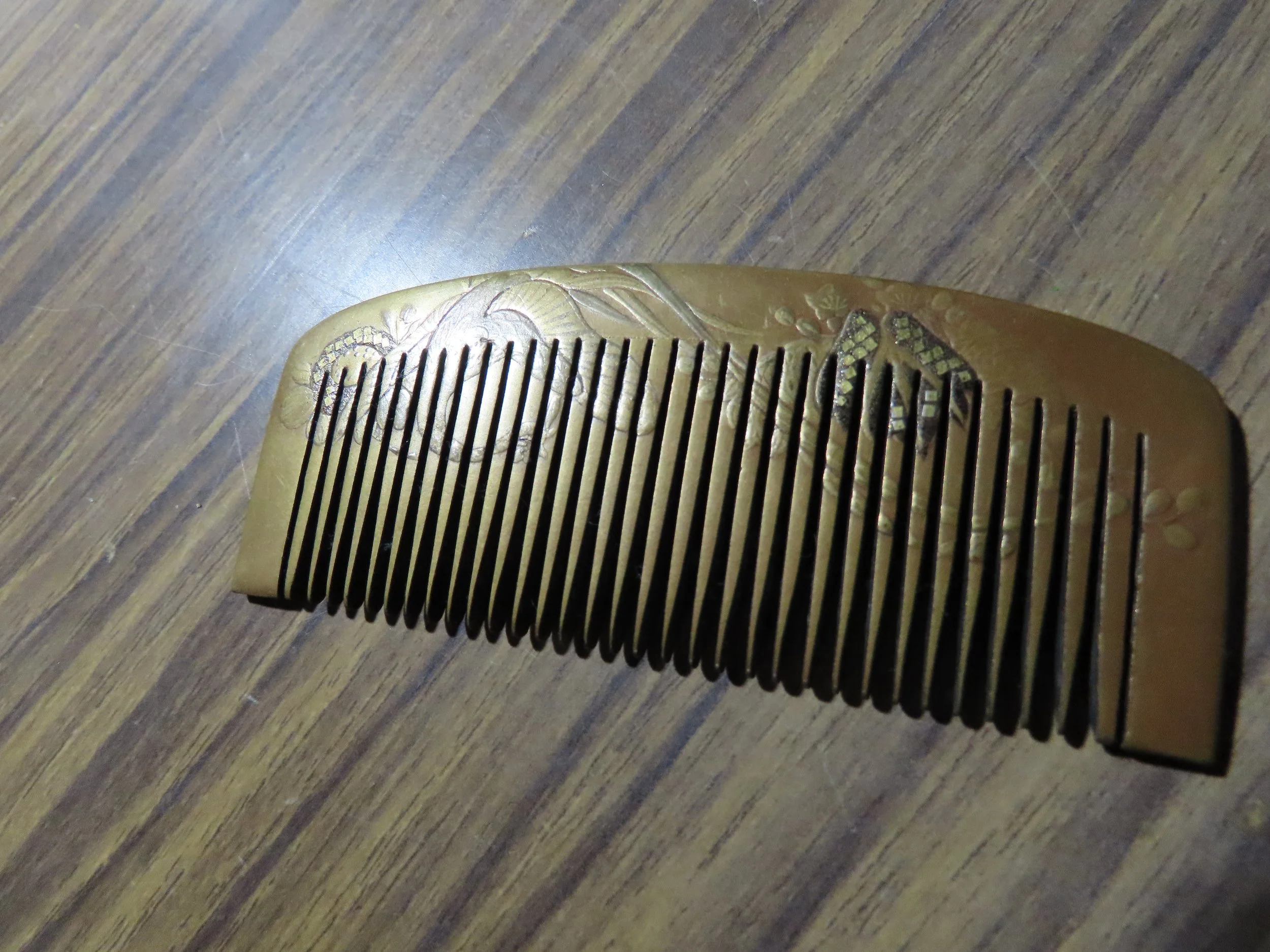 Image 1 of 59
Image 1 of 59

 Image 2 of 59
Image 2 of 59

 Image 3 of 59
Image 3 of 59

 Image 4 of 59
Image 4 of 59

 Image 5 of 59
Image 5 of 59

 Image 6 of 59
Image 6 of 59

 Image 7 of 59
Image 7 of 59

 Image 8 of 59
Image 8 of 59

 Image 9 of 59
Image 9 of 59

 Image 10 of 59
Image 10 of 59

 Image 11 of 59
Image 11 of 59

 Image 12 of 59
Image 12 of 59

 Image 13 of 59
Image 13 of 59

 Image 14 of 59
Image 14 of 59

 Image 15 of 59
Image 15 of 59

 Image 16 of 59
Image 16 of 59

 Image 17 of 59
Image 17 of 59

 Image 18 of 59
Image 18 of 59

 Image 19 of 59
Image 19 of 59

 Image 20 of 59
Image 20 of 59

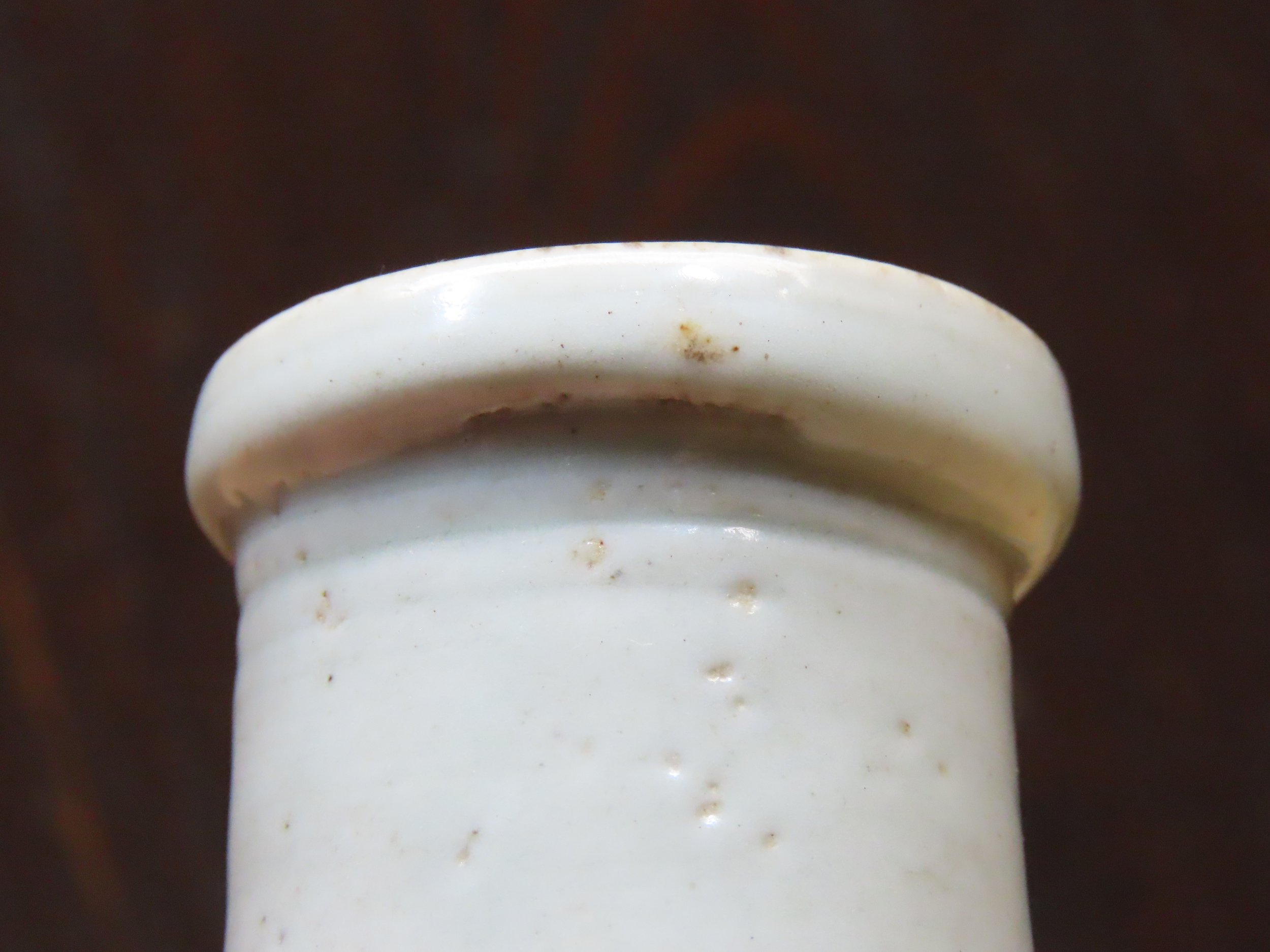 Image 21 of 59
Image 21 of 59

 Image 22 of 59
Image 22 of 59

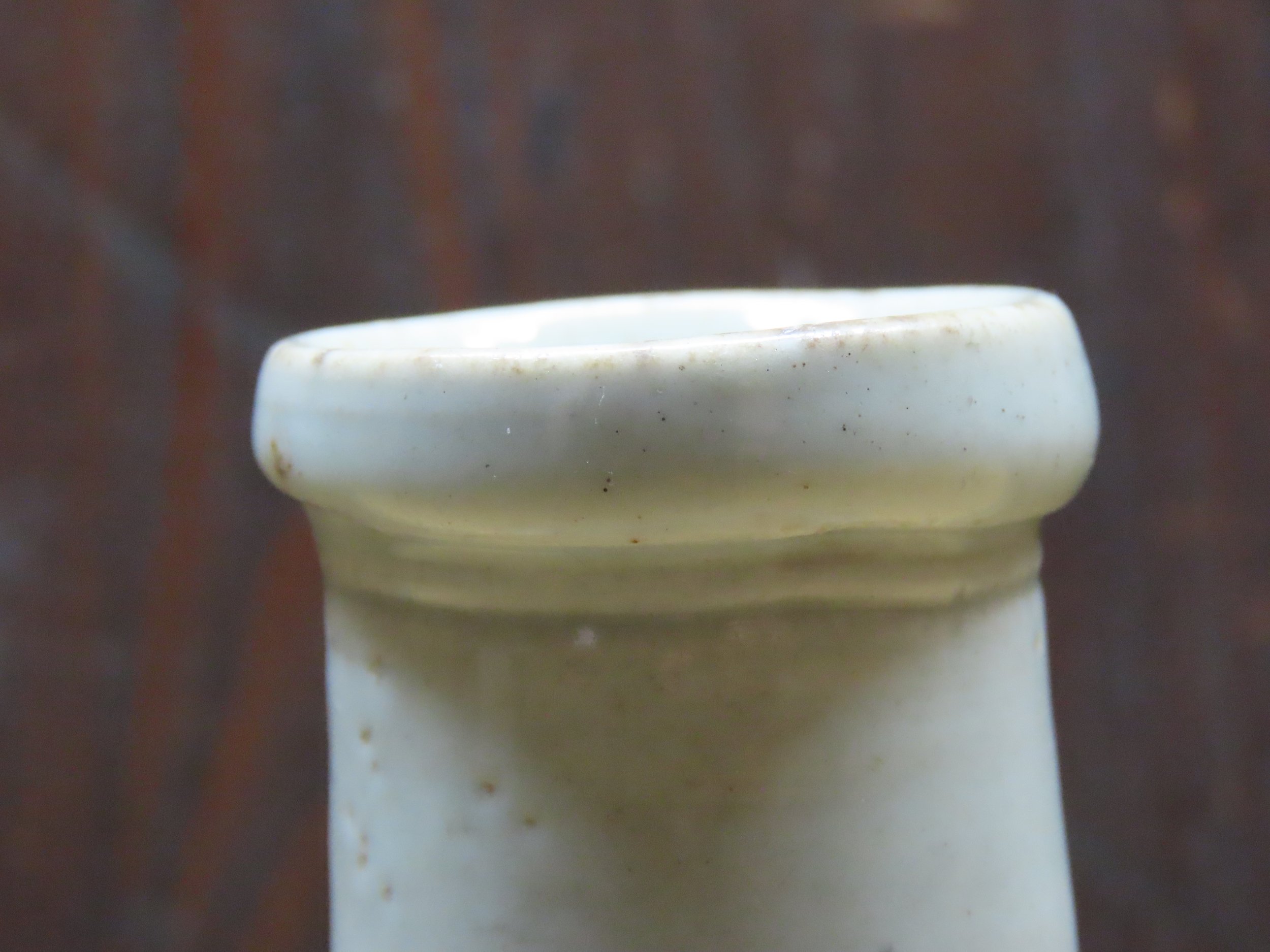 Image 23 of 59
Image 23 of 59

 Image 24 of 59
Image 24 of 59

 Image 25 of 59
Image 25 of 59

 Image 26 of 59
Image 26 of 59

 Image 27 of 59
Image 27 of 59

 Image 28 of 59
Image 28 of 59

 Image 29 of 59
Image 29 of 59

 Image 30 of 59
Image 30 of 59

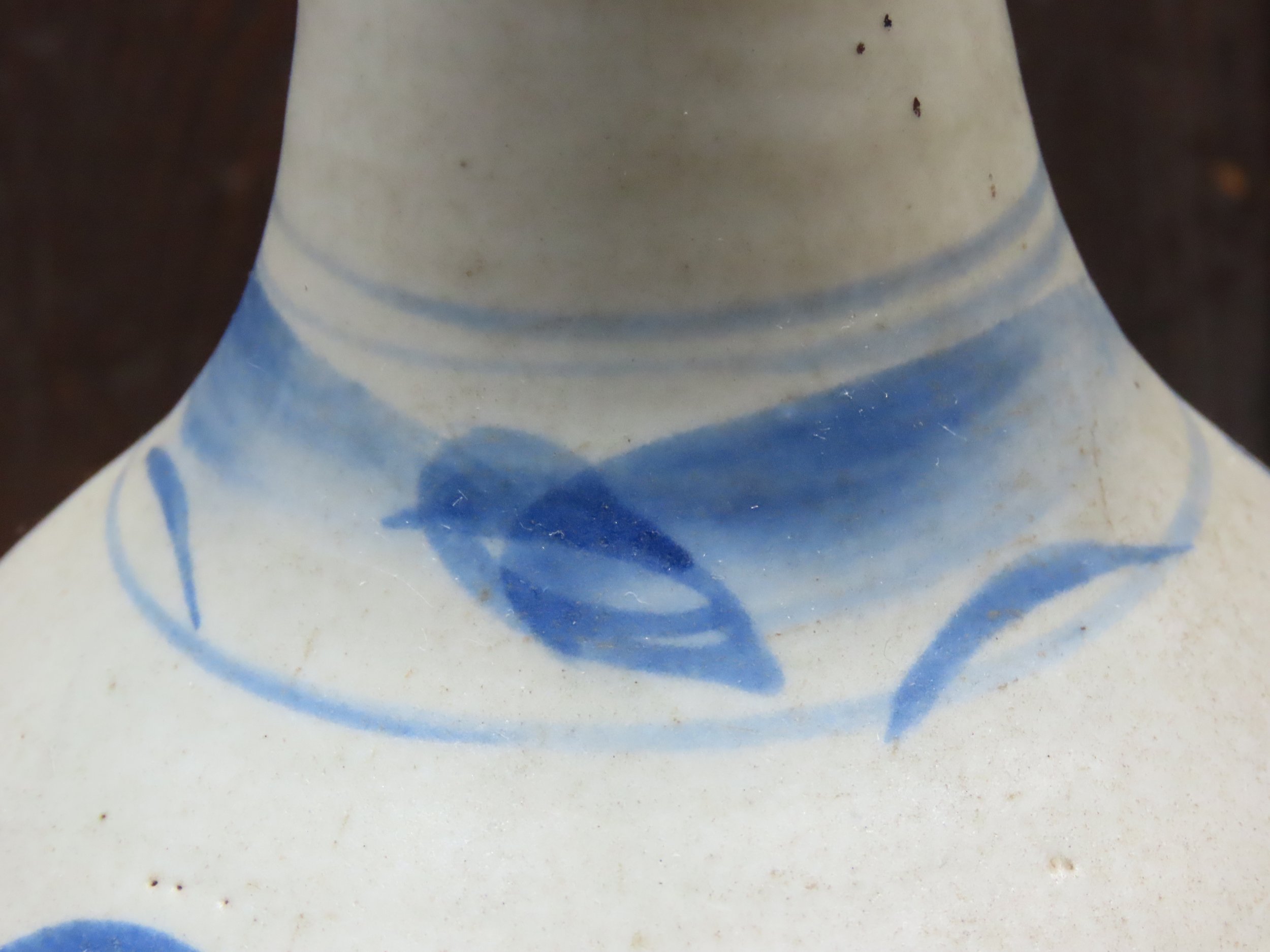 Image 31 of 59
Image 31 of 59

 Image 32 of 59
Image 32 of 59

 Image 33 of 59
Image 33 of 59

 Image 34 of 59
Image 34 of 59

 Image 35 of 59
Image 35 of 59

 Image 36 of 59
Image 36 of 59

 Image 37 of 59
Image 37 of 59

 Image 38 of 59
Image 38 of 59

 Image 39 of 59
Image 39 of 59

 Image 40 of 59
Image 40 of 59

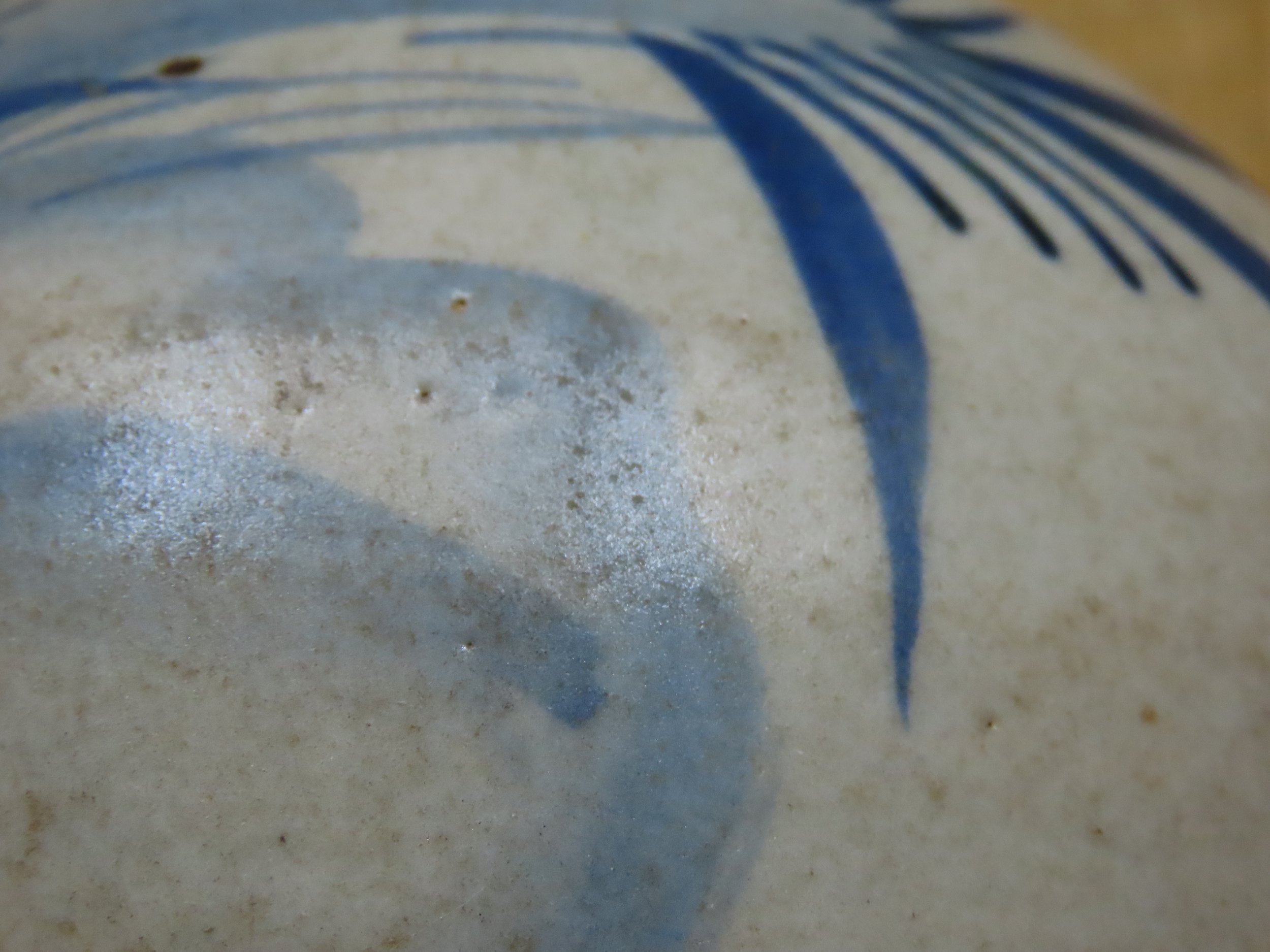 Image 41 of 59
Image 41 of 59

 Image 42 of 59
Image 42 of 59

 Image 43 of 59
Image 43 of 59

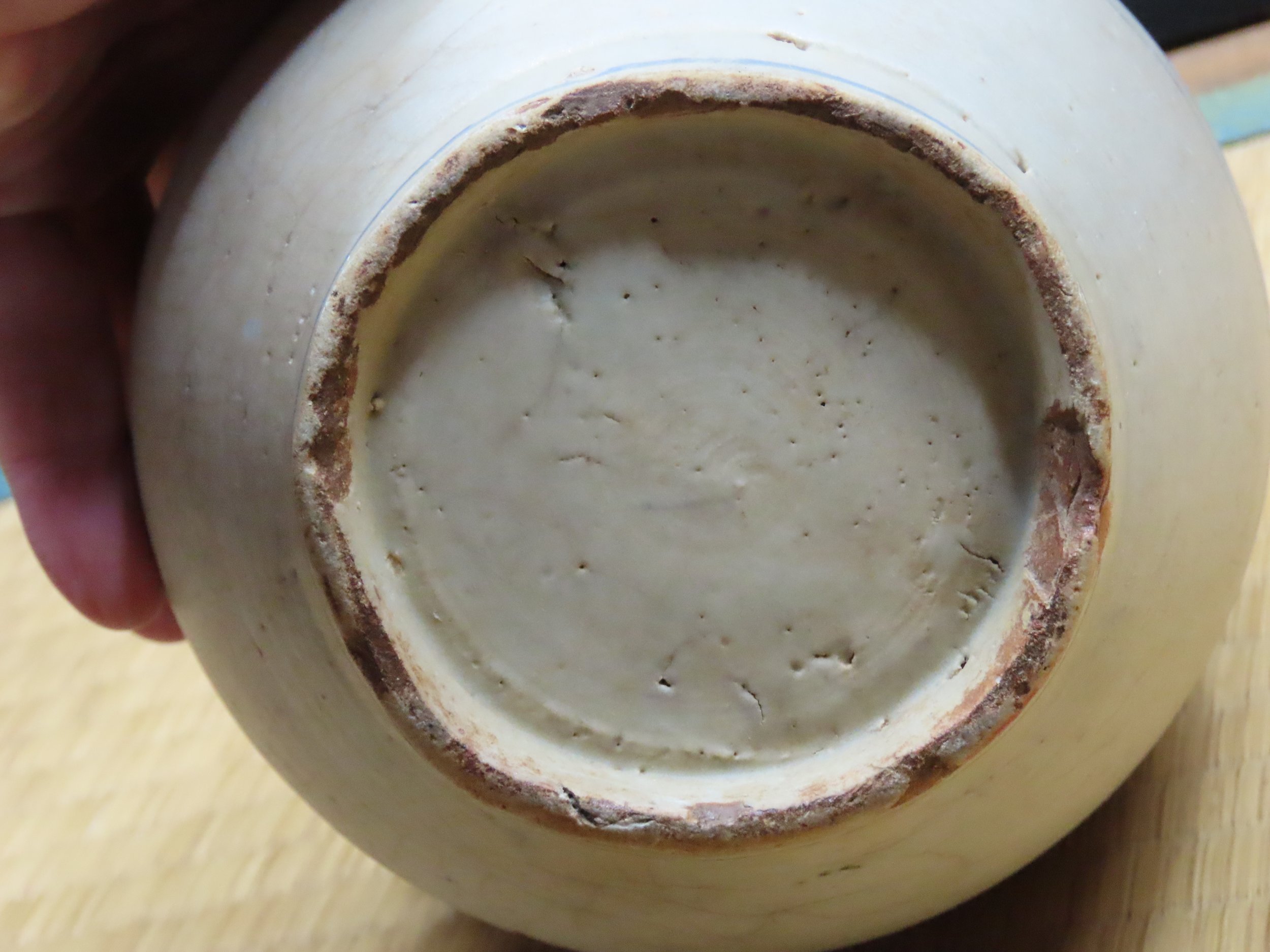 Image 44 of 59
Image 44 of 59

 Image 45 of 59
Image 45 of 59

 Image 46 of 59
Image 46 of 59

 Image 47 of 59
Image 47 of 59

 Image 48 of 59
Image 48 of 59

 Image 49 of 59
Image 49 of 59

 Image 50 of 59
Image 50 of 59

 Image 51 of 59
Image 51 of 59

 Image 52 of 59
Image 52 of 59

 Image 53 of 59
Image 53 of 59

 Image 54 of 59
Image 54 of 59

 Image 55 of 59
Image 55 of 59

 Image 56 of 59
Image 56 of 59

 Image 57 of 59
Image 57 of 59

 Image 58 of 59
Image 58 of 59

 Image 59 of 59
Image 59 of 59




























































Antique Old Imari TOKKURi - Sake BOTTLE - VASE - late EDO PeRioD
A piece like this will add to any atmosphere a certain ambiance, the unmistakeable aesthetic of yesterday.
This is an antique Koimari tokkuri from the late Edo period (early to middle 1800's). "Koimari" literally means 'old Imari', which refers to the oldest versions of Imari pottery, which traditionally comes from Saga prefecture, a prefecture in northern Kyushu, the southern Island of the four main islands of Japan. Imari pottery is famous for hand painted flow blue patterns.
A tokkuri is a ceramic bottle used for serving sake, either cold or hot. It could also function perfectly as a vase for flowers. And even would be used in both ways in Japan. It would be perfectly normal to use as both, a server for alcohol and/or a display piece or vase.
This tokkuri is rather substantial. It seems to have thicker, sturdy sides, and it is relatively heavy. The pattern is a lighter shade of blue, subtle and understated. I see a standardization, of sorts, in the patterns drawn on tokkuri of this era. The main pattern on the front is often foliage, like this. And on the back side, the small squiggle. I have seen a snail, even, in place of the squiggle,. But they all seem so similar. It must have been a production line situation.
This tokkuri is in perfect condition. No cracks or chips on the top lip, but a few slight chips along the edge of the base. Nothing which threatens the integrity of the piece, though. I see some crazing of the glaze here and there. It adds flavor, for sure.
more detailed photos over here
https://www.facebook.com/media/set/?vanity=RCarbinEthnotextiles&set=a.815099940406048
about 28 cms high
about 16 cms wide
weight about 1200 grams
Please like this tokkuri/vase and share all over the internet, Pinterest and Facebook and Instagram.
And then buy it. : ) Please.
Thank you.
A piece like this will add to any atmosphere a certain ambiance, the unmistakeable aesthetic of yesterday.
This is an antique Koimari tokkuri from the late Edo period (early to middle 1800's). "Koimari" literally means 'old Imari', which refers to the oldest versions of Imari pottery, which traditionally comes from Saga prefecture, a prefecture in northern Kyushu, the southern Island of the four main islands of Japan. Imari pottery is famous for hand painted flow blue patterns.
A tokkuri is a ceramic bottle used for serving sake, either cold or hot. It could also function perfectly as a vase for flowers. And even would be used in both ways in Japan. It would be perfectly normal to use as both, a server for alcohol and/or a display piece or vase.
This tokkuri is rather substantial. It seems to have thicker, sturdy sides, and it is relatively heavy. The pattern is a lighter shade of blue, subtle and understated. I see a standardization, of sorts, in the patterns drawn on tokkuri of this era. The main pattern on the front is often foliage, like this. And on the back side, the small squiggle. I have seen a snail, even, in place of the squiggle,. But they all seem so similar. It must have been a production line situation.
This tokkuri is in perfect condition. No cracks or chips on the top lip, but a few slight chips along the edge of the base. Nothing which threatens the integrity of the piece, though. I see some crazing of the glaze here and there. It adds flavor, for sure.
more detailed photos over here
https://www.facebook.com/media/set/?vanity=RCarbinEthnotextiles&set=a.815099940406048
about 28 cms high
about 16 cms wide
weight about 1200 grams
Please like this tokkuri/vase and share all over the internet, Pinterest and Facebook and Instagram.
And then buy it. : ) Please.
Thank you.



















